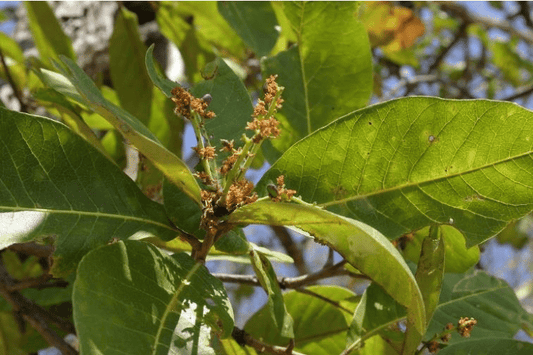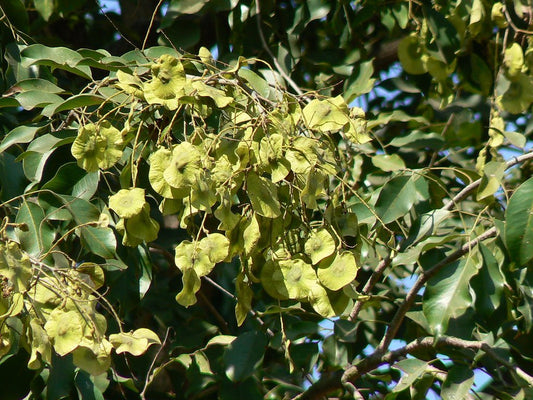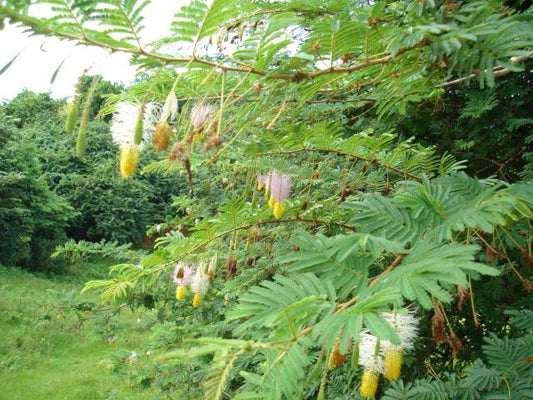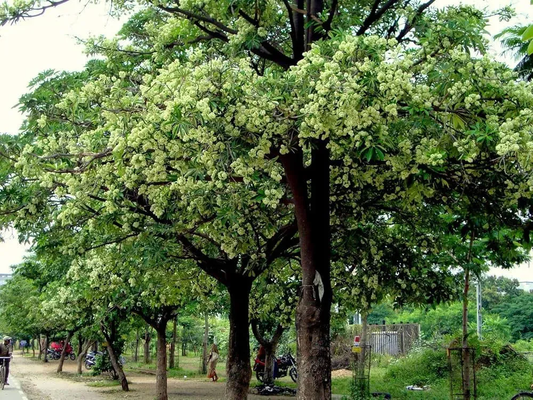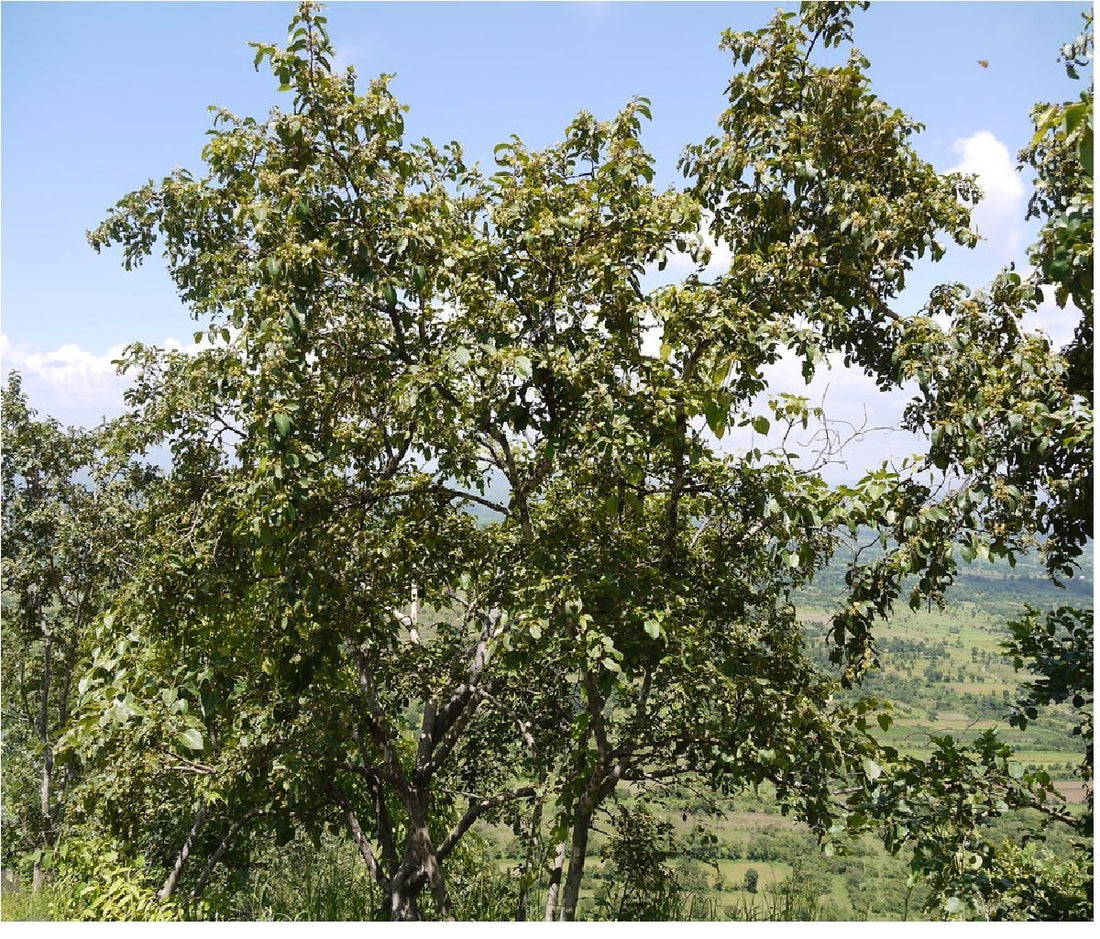

The Dhawada Tree, scientifically known as Anogeissus latifolia, is a robust and versatile tree that stands as a testament to nature’s ability to heal and sustain. Commonly found in India and Southeast Asia, the Dhawada Tree has been a cornerstone of Read more
Dhawada Tree: Unlocking the Ancient Healing Secrets and Ecological Bri
The Dhawada Tree, scientifically known as Anogeissus latifolia, is a robust and versatile tree that stands as a testament to nature’s ability to heal and sustain.
Commonly found in India and Southeast Asia, the Dhawada Tree has been a cornerstone of traditional medicine, ecological restoration, and rural livelihoods for centuries.
From its medicinal bark to its environmental benefits, this tree continues to impress with its resilience and multifunctional nature.
What is the Dhawada Tree?
The Dhawada Tree belongs to the Combretaceae family and thrives in tropical dry forests. It is a medium-to-large deciduous tree, growing up to 20 meters tall, with a straight trunk and a wide canopy of glossy green leaves.
Its bark, gum, and wood are highly valued, making it a vital part of rural economies and traditional practices.
Historical and Cultural Significance
The Dhawada Tree has been revered in Indian culture and Ayurveda for its medicinal properties and ecological benefits. Its bark has been used in traditional medicine for treating wounds, fevers, and digestive issues.
The tree’s gum, known as “Dhawada gum,” has long been used in adhesives and natural remedies. It is also significant in tribal rituals, symbolizing resilience and prosperity.
Fun Fact: In some parts of India, the Dhawada Tree is called the “Axle Wood Tree” because of its durable timber, traditionally used for making cart axles.
Medicinal Properties of the Dhawada Tree
The Dhawada Tree is a treasure trove of healing compounds. Its bark, gum, and leaves contain bioactive substances like tannins, flavonoids, and saponins, offering a range of health benefits.
- Wound Healing: The bark’s antimicrobial properties help clean and heal wounds, preventing infections and promoting recovery.
- Anti-inflammatory: Extracts from the bark and leaves reduce inflammation, making it useful for arthritis and joint pain.
- Digestive Aid: The tree’s gum and bark are used in remedies to treat diarrhea, dysentery, and other digestive issues.
- Antioxidant Properties: Its compounds combat oxidative stress, boosting immunity and overall health.
Scientific Backing
Research published in the Indian Journal of Pharmacology highlights the Dhawada Tree’s antimicrobial, anti-inflammatory, and antioxidant properties. Studies confirm its efficacy in treating wounds and digestive disorders, validating its traditional medicinal uses.
Environmental Impact
Beyond its medicinal value, the Dhawada Tree plays a significant role in promoting ecological balance and sustainability. Its hardy nature and adaptability make it an essential component of reforestation projects and biodiversity conservation.
- Soil Stabilization: The tree’s deep roots prevent soil erosion and enhance soil fertility, particularly in degraded lands.
- Carbon Sequestration: As a large tree, it absorbs carbon dioxide, contributing to climate change mitigation efforts.
- Biodiversity Support: Its canopy provides shelter and food for birds, insects, and other wildlife, fostering a healthy ecosystem.
Fun Fact: The Dhawada Tree is fire-resistant, making it a valuable species for restoring fire-prone areas.
Dhawada Tree in Rural Economies
The Dhawada Tree is a crucial resource for rural communities. Its durable timber is used for construction and tools, while its gum is a valuable export product. The tree also supports honey production, as its flowers attract bees, benefiting local beekeepers.
Planting and Caring for the Dhawada Tree
- Soil: Thrives in well-drained sandy, loamy, or clay soils, adapting to arid and semi-arid regions.
- Sunlight: Requires full sunlight for optimal growth and canopy development.
- Watering: Minimal watering is needed once established, making it drought-tolerant and low-maintenance.
- Pruning: Regular pruning promotes healthier growth and better canopy management.
Modern Applications
In addition to its traditional uses, the Dhawada Tree is gaining recognition in modern industries. Its gum is used in pharmaceuticals, adhesives, and cosmetics, while its wood finds applications in furniture and construction.
The tree’s role in land restoration and carbon offset programs highlights its importance in sustainable development.
Cultural Symbolism
In tribal and rural traditions, the Dhawada Tree symbolizes resilience and growth. Its ability to thrive in harsh conditions and support communities makes it a metaphor for endurance and sustainability. It is often planted near homes and temples as a symbol of prosperity and protection.
Conservation and Sustainability
Despite its resilience, the Dhawada Tree faces threats from deforestation and overexploitation. Promoting its cultivation in agroforestry systems and reforestation projects can help preserve its ecological and economic value.
By raising awareness about its benefits, we can ensure the tree continues to thrive in the wild and support rural communities.
Conclusion
The Dhawada Tree is a remarkable blend of natural resilience, healing power, and ecological brilliance. From its medicinal properties to its contributions to biodiversity and rural livelihoods, it remains a cornerstone of sustainable living.
By celebrating and conserving this versatile tree, we ensure its legacy as a healer and environmental guardian continues to enrich ecosystems and communities for generations to come.
You may also like
Corporate Plantations
Dhawada Tree Benefits
The Dhawada Tree offers a perfect blend of medicinal healing, environmental protection, and rural livelihood support, proving nature’s generosity knows no bounds.
Medicinal Properties of Dhawada Tree
Packed with antimicrobial, anti-inflammatory, and antioxidant compounds, this tree’s bark, gum, and leaves treat wounds, digestive issues, and inflammation, making it a natural healer.
Dhawada Tree in Traditional Medicine
Revered in Ayurveda, this tree has been used for centuries to treat fevers, wounds, and gastrointestinal troubles, showcasing ancient healing wisdom.
Environmental Role of Dhawada Tree
From stabilizing soil to sequestering carbon and supporting biodiversity, this tree is an ecological champion fighting climate change and restoring degraded lands.
Dhawada Tree in Rural Economies
Providing durable timber, valuable gum, and a reliable resource for honey production, the Dhawada Tree supports livelihoods and promotes economic sustainability.
Cultural Significance of Dhawada Tree
Symbolizing resilience and prosperity, this tree is celebrated in tribal rituals and traditions as a protector and bringer of good fortune.
Modern Applications of Dhawada Tree
Its gum is used in cosmetics, adhesives, and pharmaceuticals, while its durable wood supports furniture and construction industries, blending tradition with modern needs.
Conservation of Dhawada Tree
Overexploitation and habitat loss threaten its future, making conservation essential to preserve its ecological, medicinal, and economic contributions for generations.
FAQ
What is the Dhawada Tree?
The Dhawada Tree, scientifically known as Anogeissus latifolia, is a deciduous tree celebrated for its medicinal properties, durable timber, and vital role in ecological restoration.
Why is the Dhawada Tree called resilient?
Known for its ability to thrive in arid conditions, resist fires, and support biodiversity, the Dhawada Tree is nature’s epitome of resilience.
What are the medicinal uses of the Dhawada Tree?
Its bark, gum, and leaves treat wounds, inflammation, and digestive issues, making it a natural healer with centuries of Ayurvedic validation.
How does the Dhawada Tree benefit the environment?
It prevents soil erosion, sequesters carbon dioxide, and provides habitat for wildlife, proving it’s a key player in ecosystem restoration.
Can the Dhawada Tree thrive in degraded lands?
Absolutely! Its adaptability to dry and rocky soils makes it an ideal choice for reforestation and land restoration projects.
Why is the Dhawada Tree significant in rural economies?
The tree provides durable timber, valuable gum, and supports honey production, contributing significantly to livelihoods in rural communities.
What are the modern applications of the Dhawada Tree?
Its gum is used in cosmetics, adhesives, and pharmaceuticals, while its wood supports furniture and construction, showcasing its versatility in contemporary industries.
Why should we conserve the Dhawada Tree?
Habitat loss and overexploitation threaten its population, and conservation ensures its ecological, medicinal, and economic benefits continue for future generations.
Connect with us
-
👥 Corporates
If you are looking for:
- 🌲 Tree Plantation Events
- 📊 CSR Projects
📧 corporate@growbilliontrees.com
📞 +91 9699723523
💬 +91 9370599291 WhatsApp (Only)
🕒 Mon - Sat | 10am - 7pm IST
-
🧩 Tree Plantation NGOs
If you are looking for:
- 💰 Financial Assistance
- 🤝 Operational Support
📧 support@growbilliontrees.com
📞 +91 9699723523
💬 +91 9370599291 WhatsApp (Only)
🕒 Mon - Sat | 10am - 7pm IST
-
🌼 Individuals
If you are looking for:
- 👥 Group Tree Plantation Drive
- 🌳 Bulk Tree Plantation
📞 +91 9699723523
💬 +91 9370599291 WhatsApp (Only)
🕒 Mon - Sat | 10am - 7pm IST


